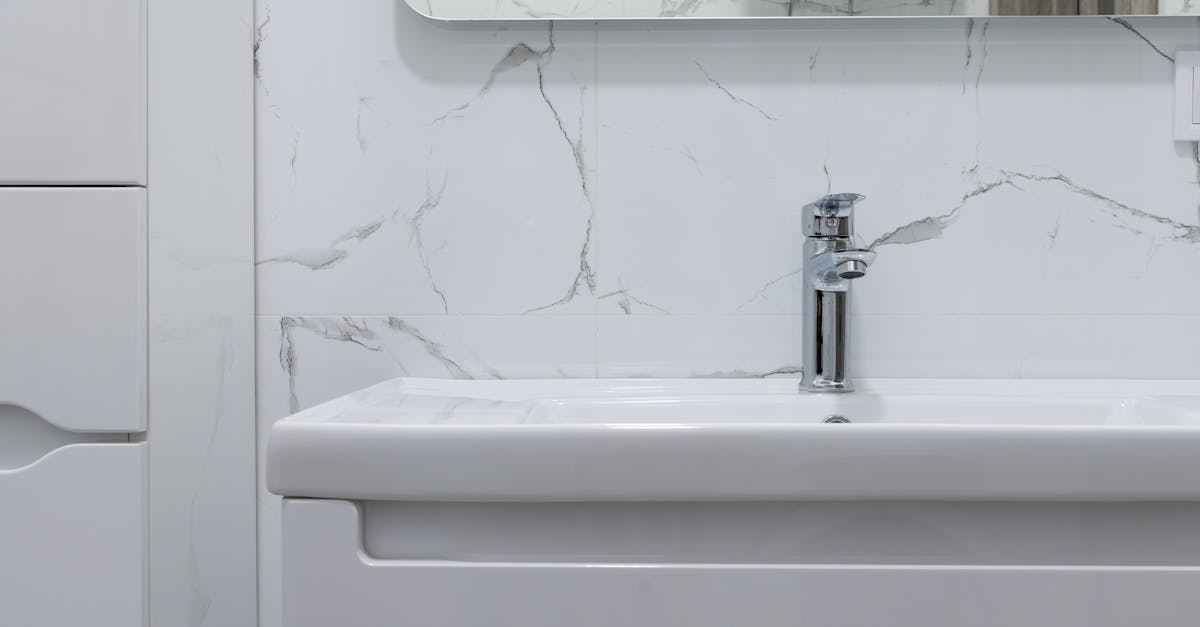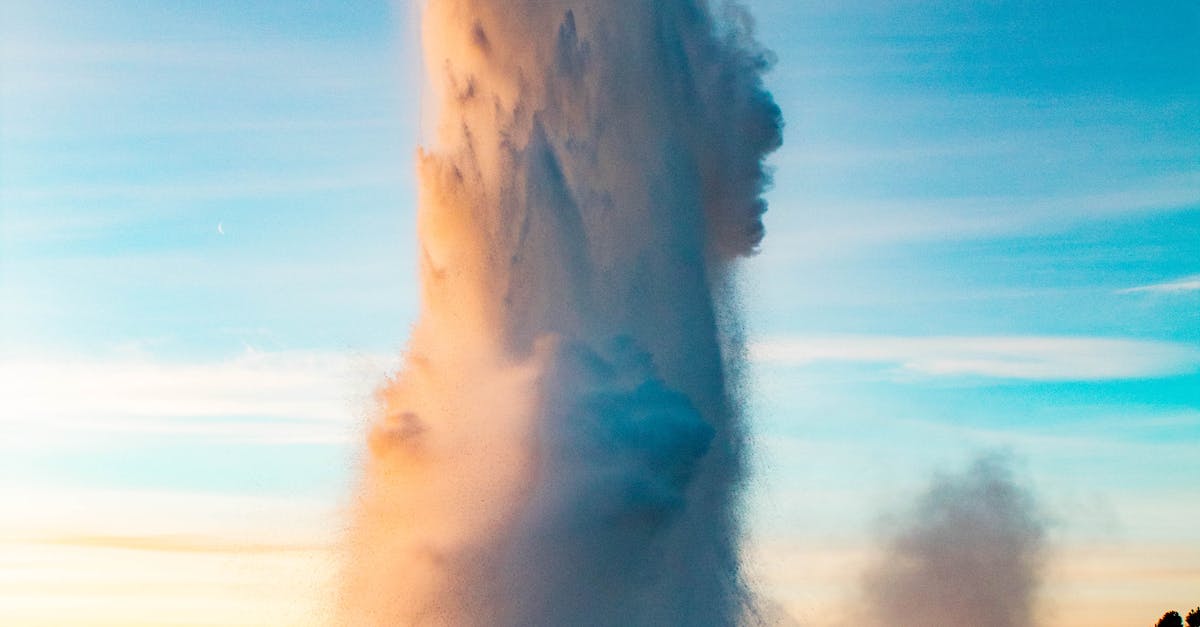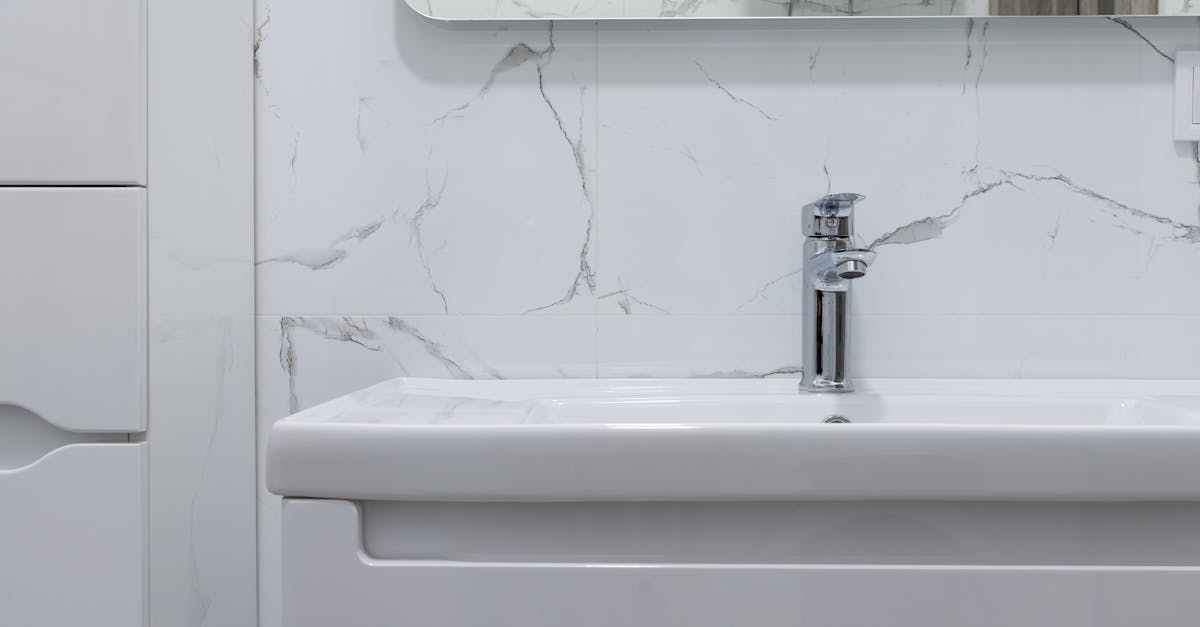
Table Of Contents
Checking for Sediment BuildUp in Your Water Heater
One common reason why your hot water system may keep running out of hot water is due to sediment build-up in your water heater. Over time, minerals and sediments from water can accumulate at the bottom of the tank, reducing the efficiency of your water heater. This build-up can also create a barrier between the heating element and the water, making it harder for the water to heat up properly. To address this issue as part of your Hot Water System Troubleshooting, it's important to check for sediment build-up in your water heater on a regular basis.
To check for sediment build-up in your water heater, you can visually inspect the water in the tank for any discoloration or particles floating around. Another method is to drain a small amount of water from the tank into a bucket to see if there are any sediments present. If you notice significant sediment build-up, it's crucial to take action to flush your water heater and remove these deposits. Flushing your water heater periodically can help improve its efficiency and prolong its lifespan, ensuring you have a consistent supply of hot water when you need it.
Flushing Your Water Heater to Remove Sediment
Flushing your water heater is a crucial step in maintaining the efficiency and longevity of your hot water system. Over time, sediment and mineral build-up can accumulate at the bottom of the tank, hindering the heating process and causing your hot water supply to run out faster than usual. Flushing the water heater helps to remove these deposits, allowing the water to heat up more efficiently and ensuring a steady supply of hot water for your household needs.
To flush your water heater, begin by turning off the power or gas to the unit and allowing it to cool down. Next, connect a hose to the drain valve at the base of the tank and direct the other end to a suitable drainage location. Open the valve and let the water flow out until it runs clear, indicating that the sediment has been flushed out. By performing this routine maintenance task as part of your Hot Water System Troubleshooting efforts, you can improve the performance of your water heater and prevent issues related to sediment build-up in the future.
Inspecting the Pressure Relief Valve
Inspecting the pressure relief valve is a crucial step in hot water system troubleshooting. This valve plays a vital role in maintaining the pressure levels within your water heater, ensuring safe operation. To inspect the pressure relief valve, locate it on the top or side of your water heater. It is a small lever or a valve that is typically copper or brass in color.
Checking the pressure relief valve for any signs of leaks or corrosion is essential. Make sure the valve is functioning properly by lifting the lever and allowing some water to discharge through the overflow pipe. If the valve doesn't release water or appears to be faulty, it may need to be replaced to prevent potential safety hazards. Regularly inspecting and testing the pressure relief valve can help you avoid unexpected failures and ensure the longevity of your hot water system.
Understanding the Importance of the Pressure Relief Valve
Understanding the importance of the pressure relief valve is crucial for effective hot water system troubleshooting. This safety device plays a vital role in preventing excess pressure from building up inside the water heater, which could lead to potential hazards such as explosions. The pressure relief valve is designed to release water and reduce pressure if it reaches dangerous levels, ensuring the safety of your hot water system and your home.
Regularly inspecting and testing the pressure relief valve is essential to ensure it is functioning correctly. A faulty or malfunctioning pressure relief valve can compromise the safety of your hot water system, putting you at risk of serious water heater malfunctions. As part of your routine maintenance routine, make sure to check the pressure relief valve for any signs of leaks, corrosion, or blockages that may hinder its operation. Proper maintenance of this crucial component is key to ensuring the longevity and safe operation of your hot water system.
Considering the Type of Water Heater You Have
When it comes to Hot Water System Troubleshooting, one crucial factor to consider is the type of water heater you have. Understanding the differences between tank and tankless water heaters can provide insights into why your hot water system keeps running out.
Tank water heaters store and heat a significant amount of water, making them suitable for households with higher hot water demands. However, if multiple hot water outlets are used simultaneously, these tanks can deplete their supply, causing you to run out of hot water. On the other hand, tankless water heaters heat water on demand, providing a continuous flow of hot water. If your hot water system is running out frequently, the capacity of your tank or the output efficiency of your tankless heater may not be sufficient for your household's needs.
Understanding the Differences Between Tank and Tankless Water Heaters
When it comes to Hot Water System Troubleshooting, one crucial factor to consider is the type of water heater you have. The two main options are traditional tank water heaters and tankless water heaters, each with its own set of pros and cons.
Tank water heaters store and heat a large amount of water in a tank, which is then distributed throughout the house as needed. While they can handle high demand for hot water, they can run out of hot water if usage exceeds the tank's capacity. On the other hand, tankless water heaters heat water on demand as it passes through the unit, providing a constant supply of hot water. Although tankless water heaters are more energy-efficient and take up less space, they can struggle to keep up with high demand for hot water simultaneously in multiple locations.
FAQS
Why does my hot water system keep running out?
Your hot water system may be running out of hot water due to sediment build-up in the water heater, issues with the pressure relief valve, or the type of water heater you have.
How can sediment build-up in the water heater affect hot water availability?
Sediment build-up in the water heater can insulate the water from the heating element, reducing the efficiency of the heater and causing it to run out of hot water quickly.
What can I do to address sediment build-up in my water heater?
To address sediment build-up, you can flush your water heater regularly to remove the sediment and improve the efficiency of the system.
Why is the pressure relief valve important for hot water systems?
The pressure relief valve helps regulate the pressure inside the water heater, preventing excessive pressure that can lead to the system running out of hot water or even potential safety hazards.
How does the type of water heater I have impact hot water availability?
The type of water heater you have, whether it's a tank or tankless system, can affect hot water availability and how quickly hot water is depleted. Understanding these differences can help you address any issues with hot water running out.





























